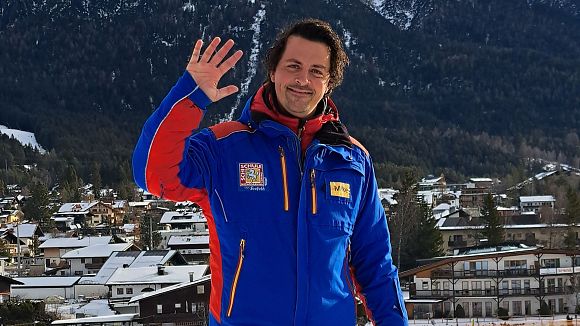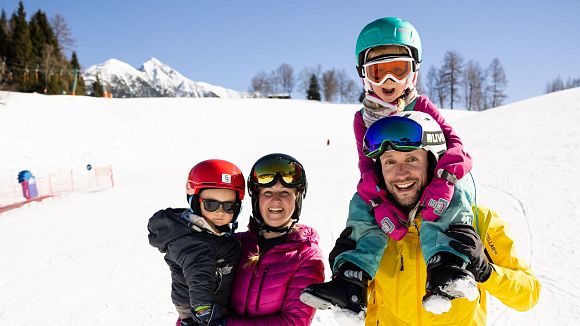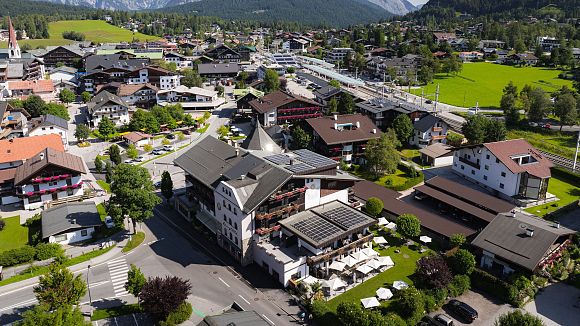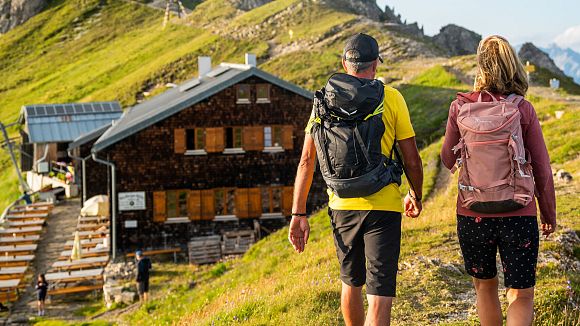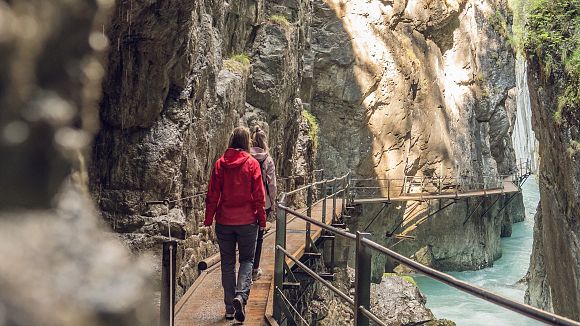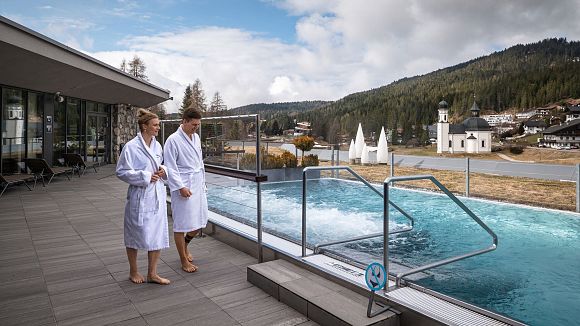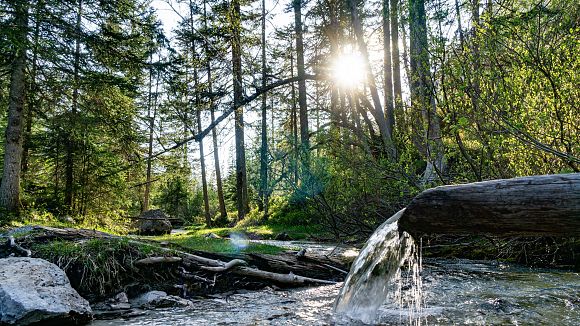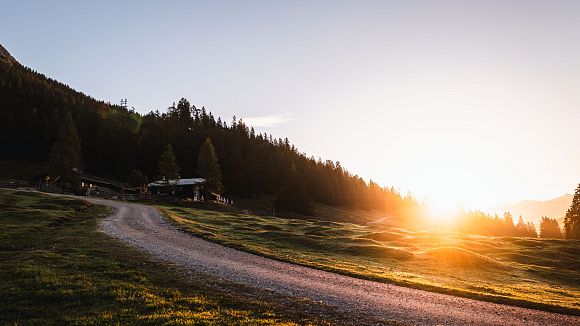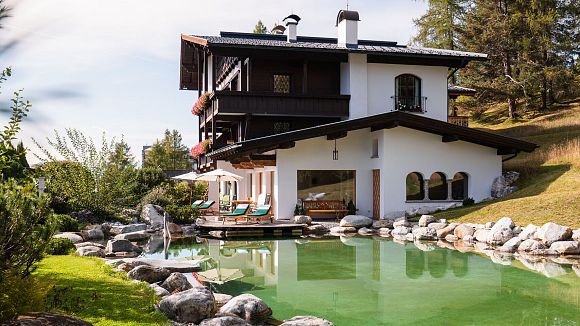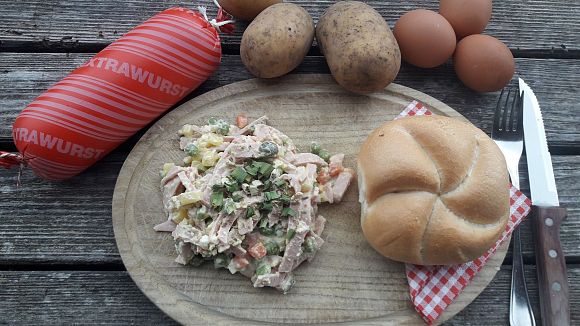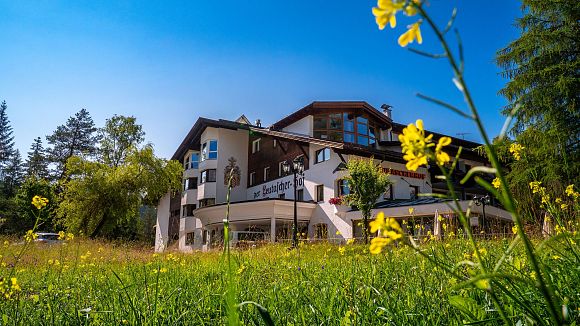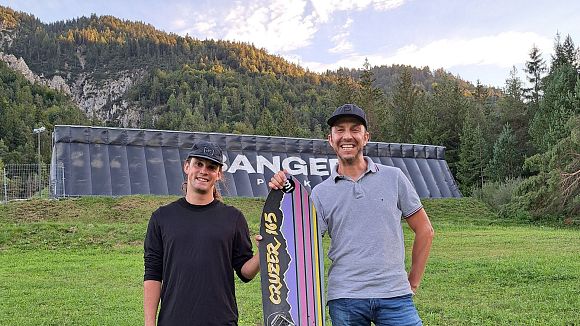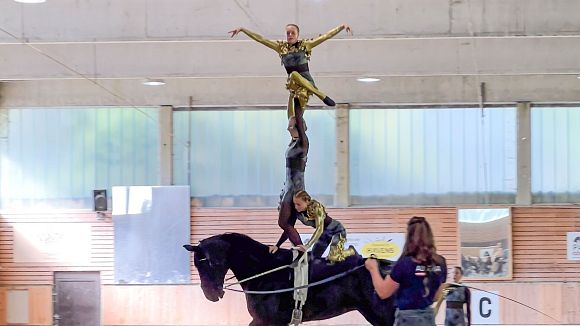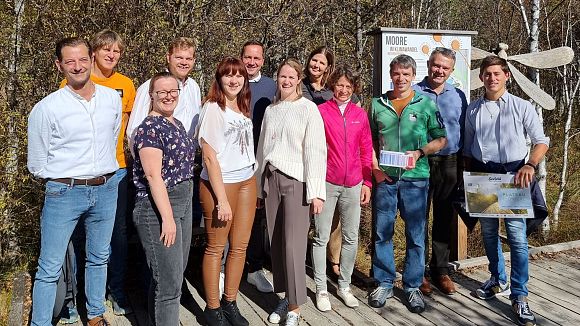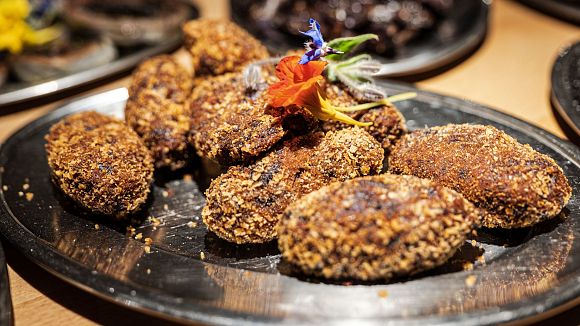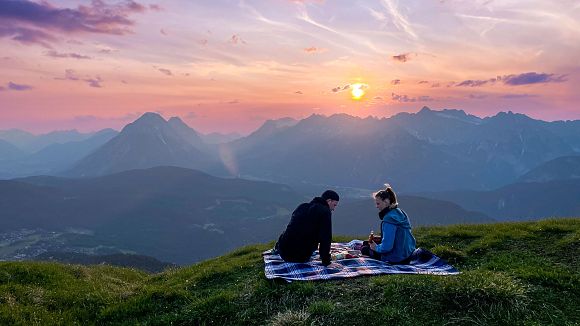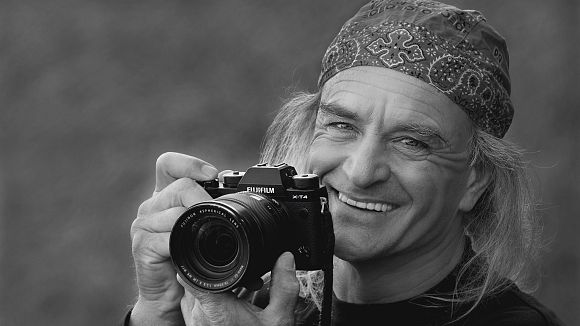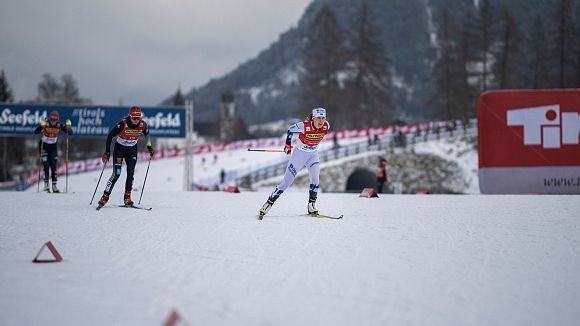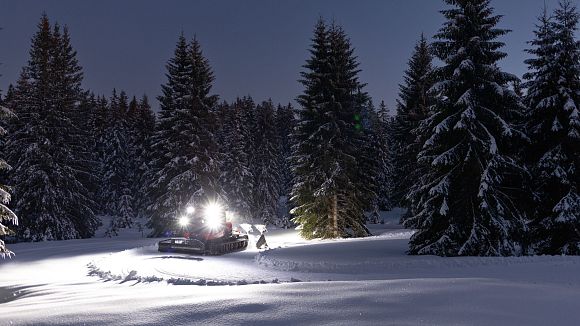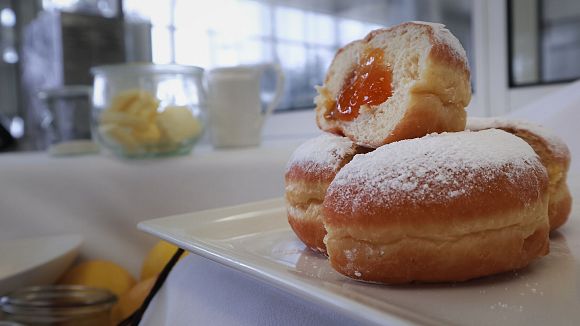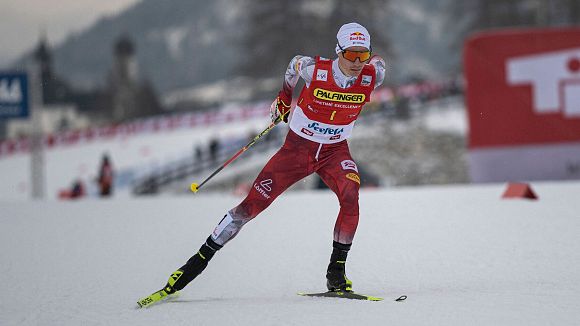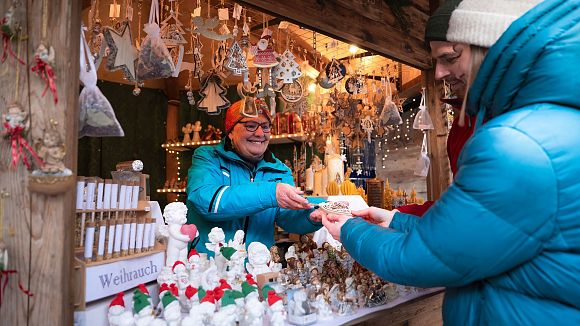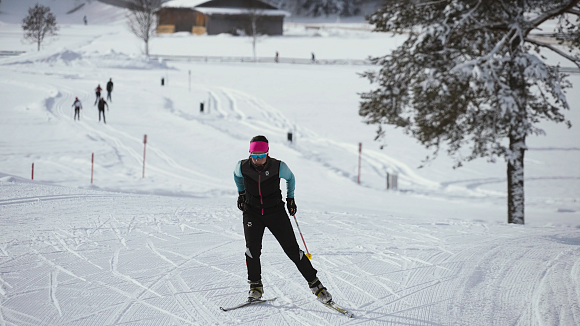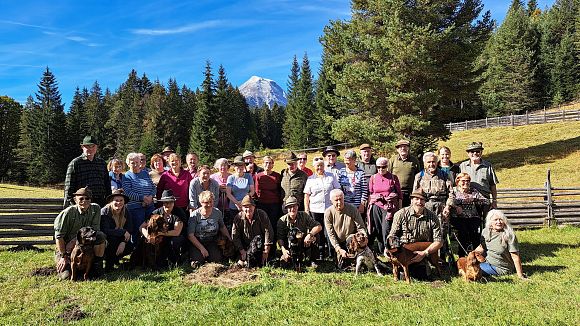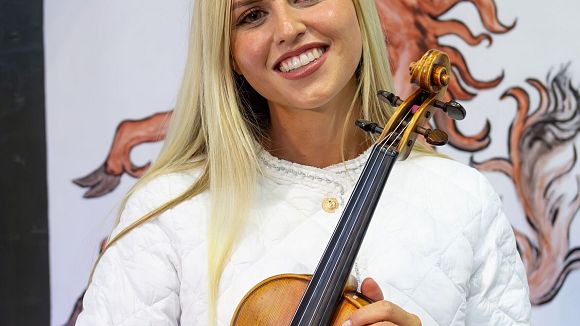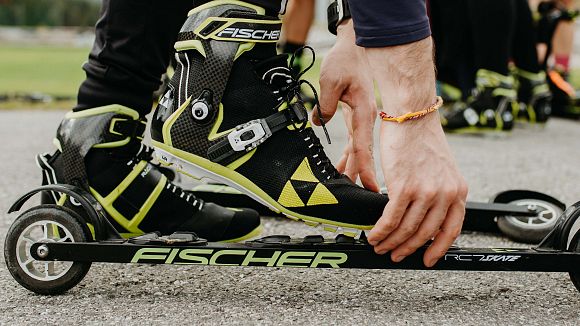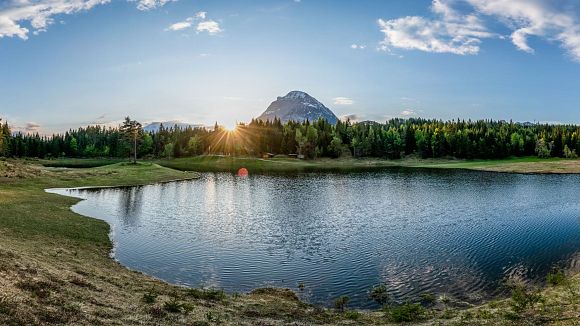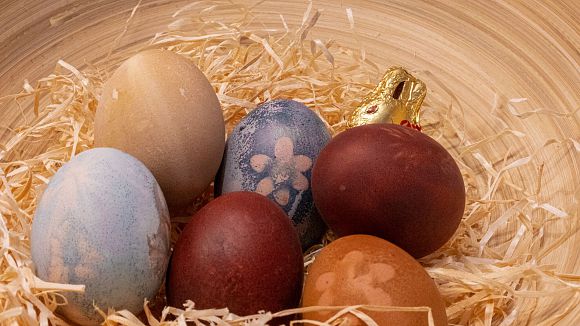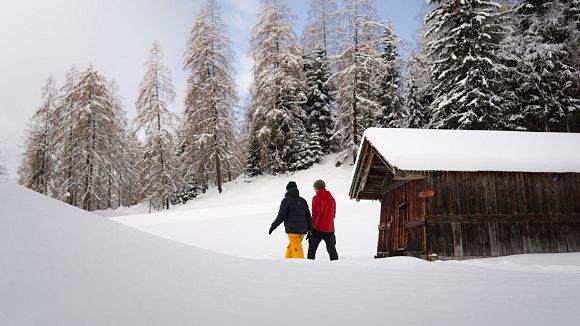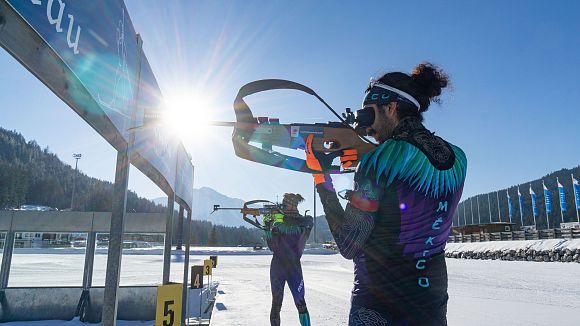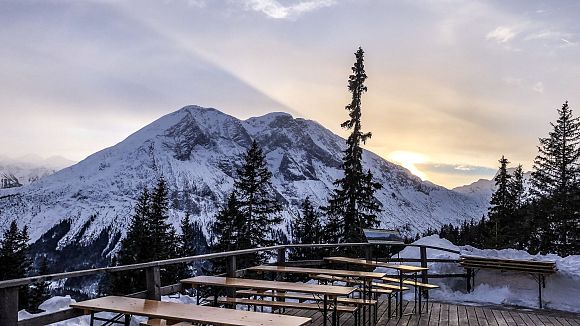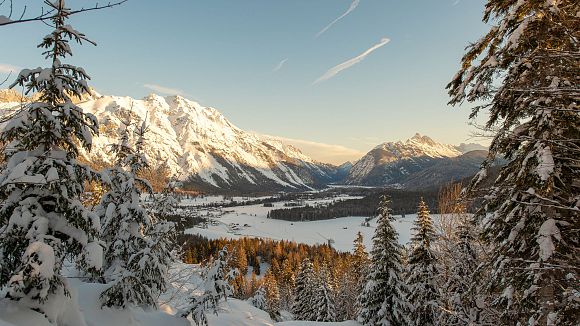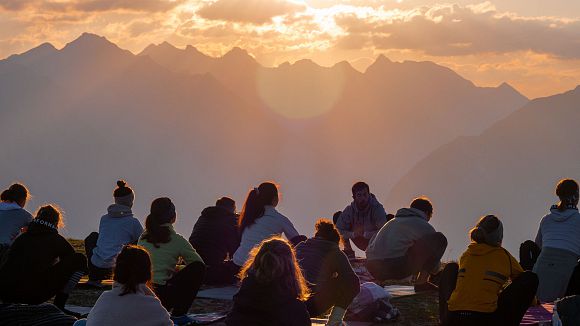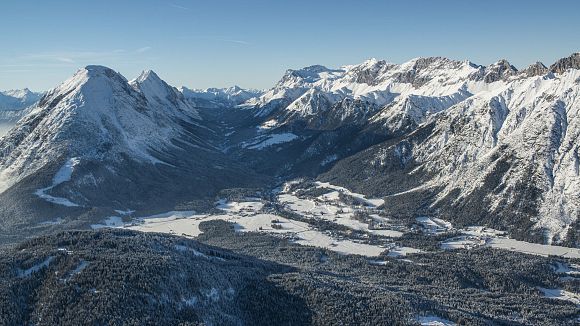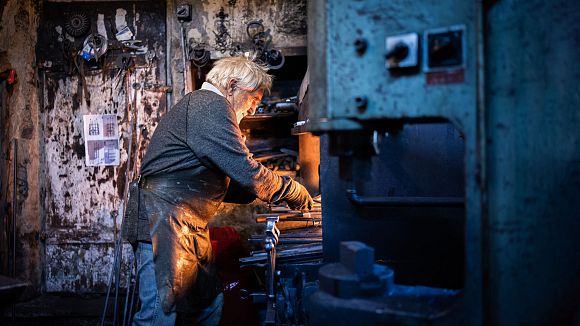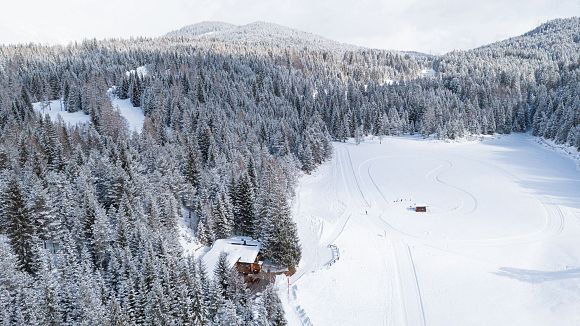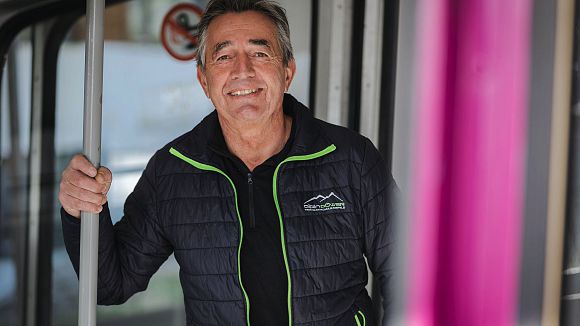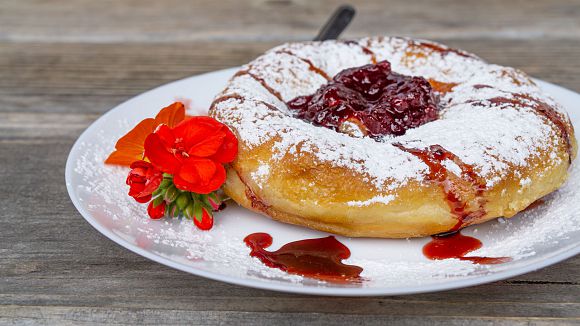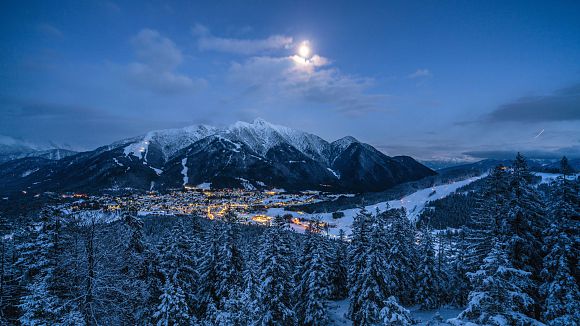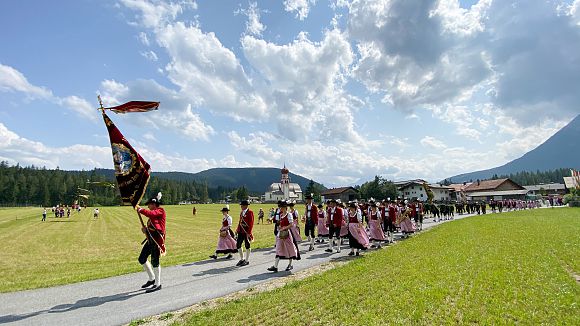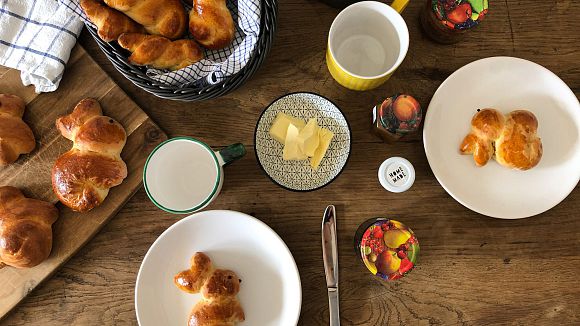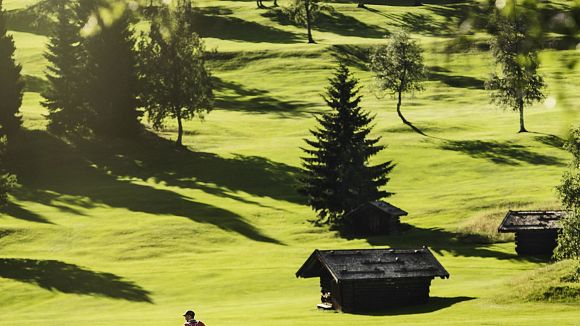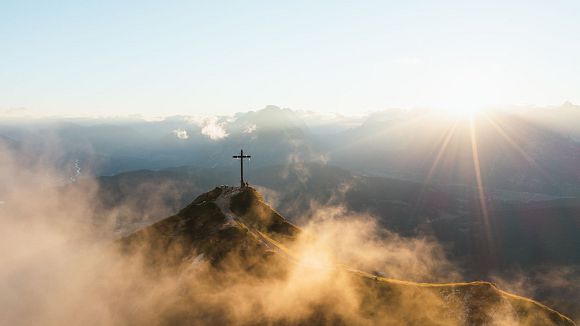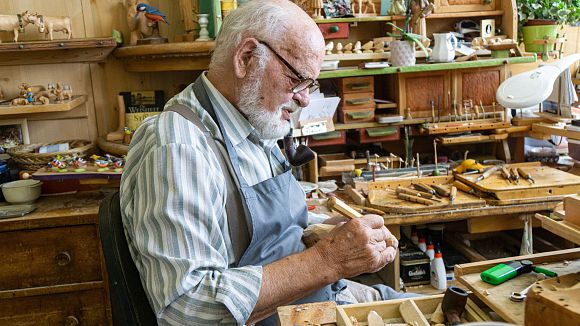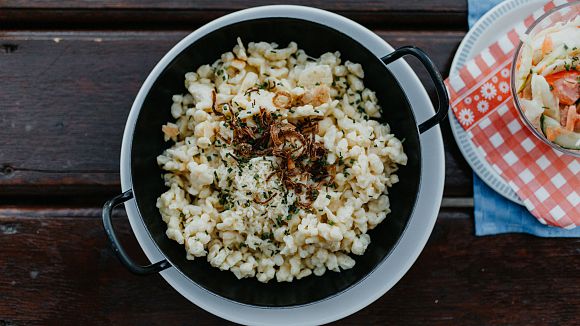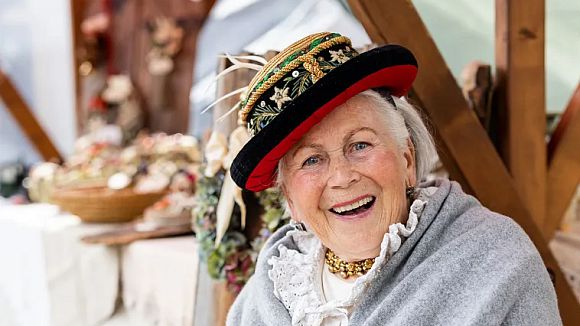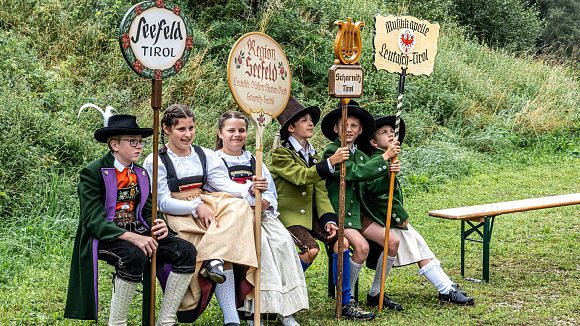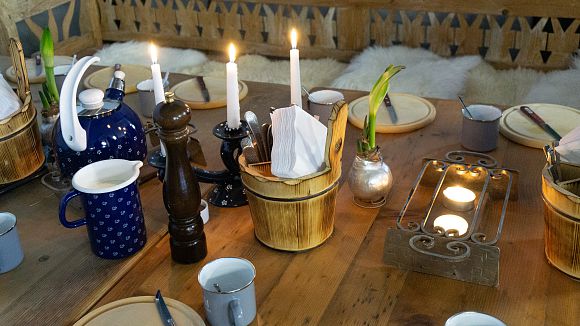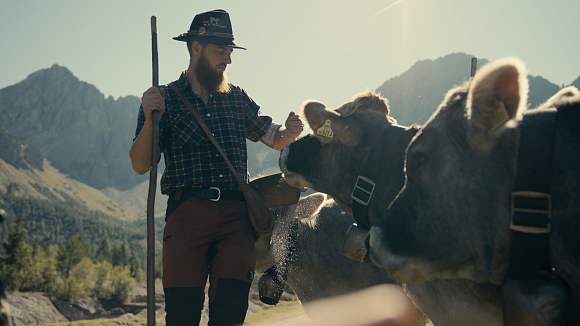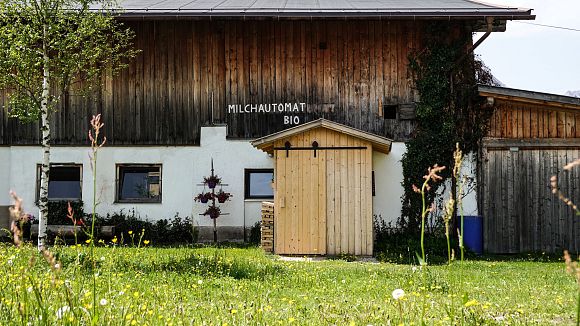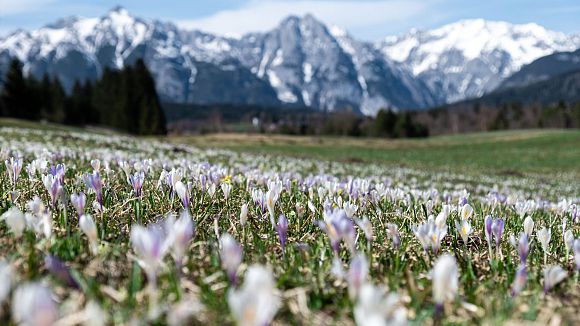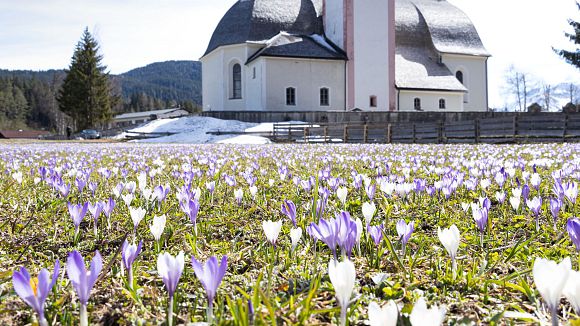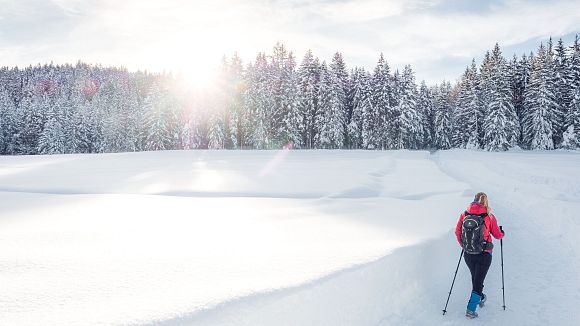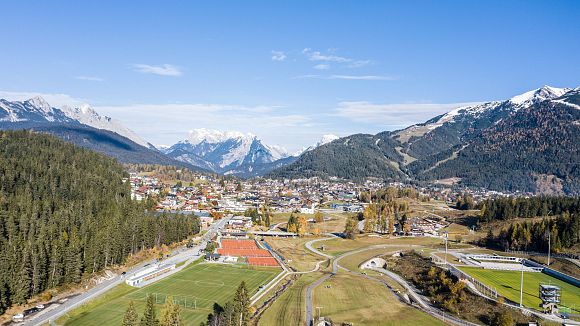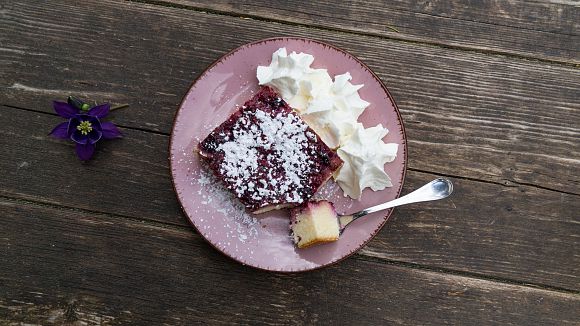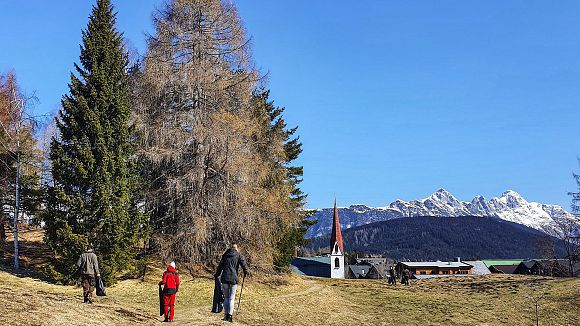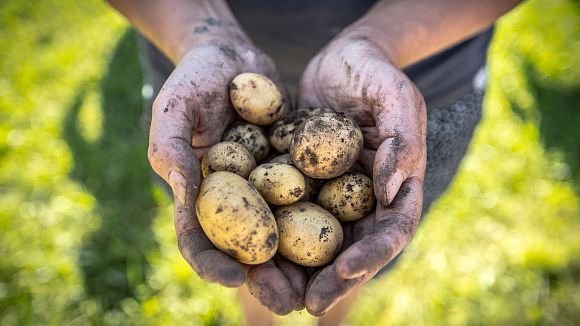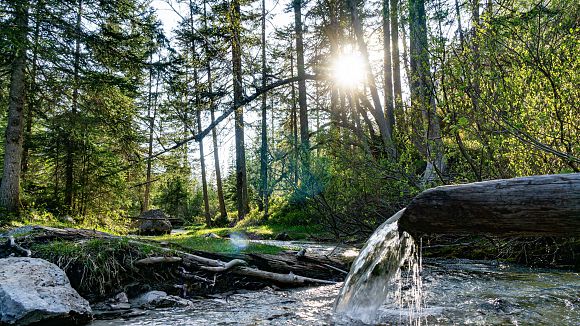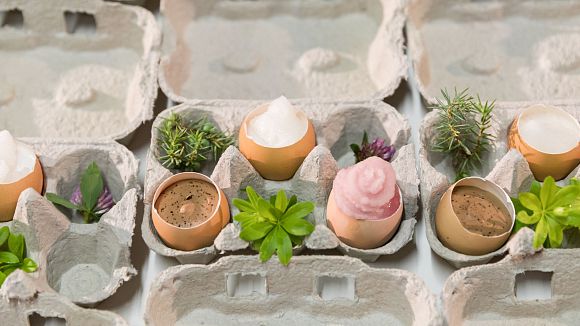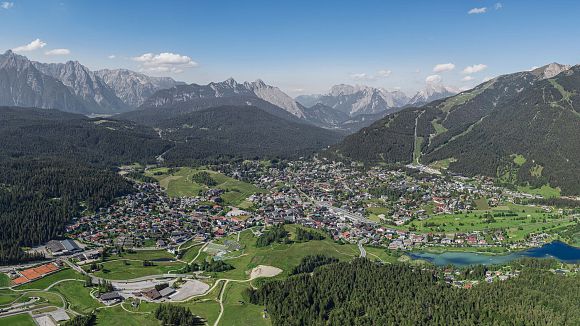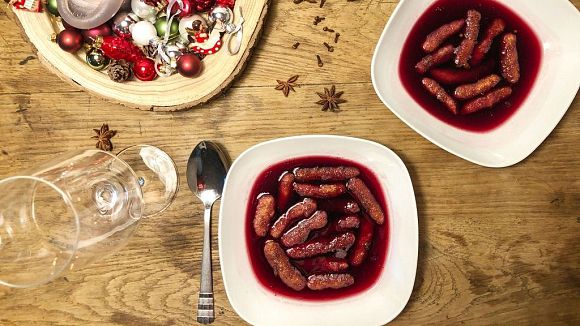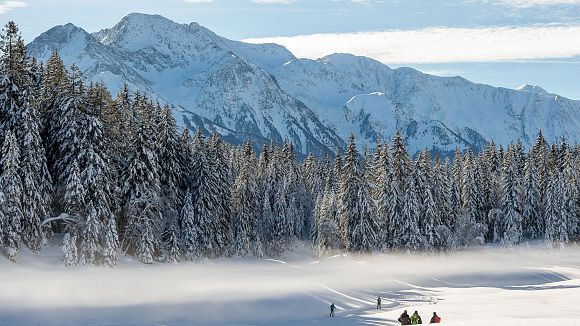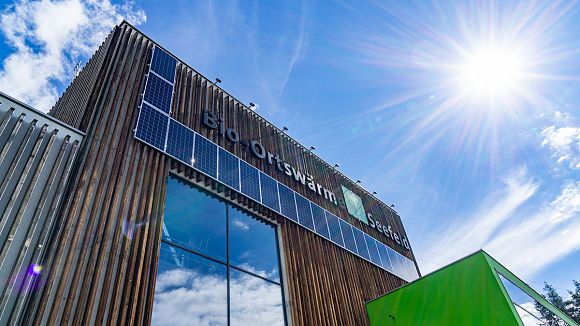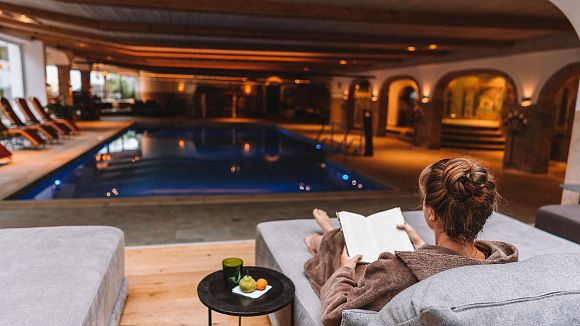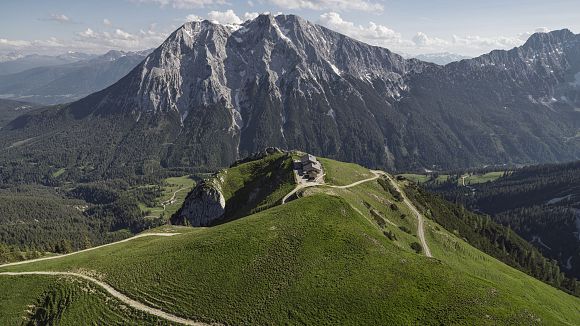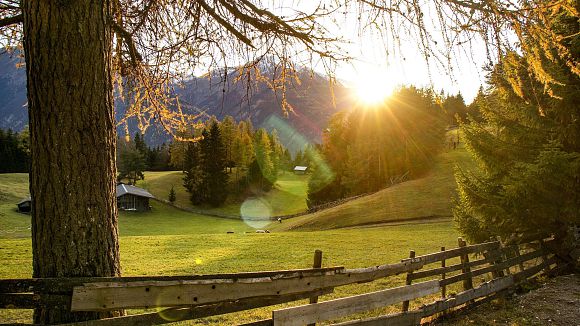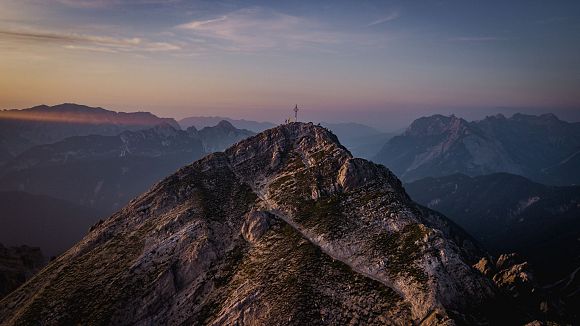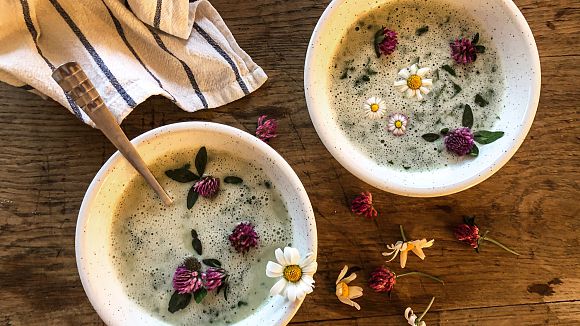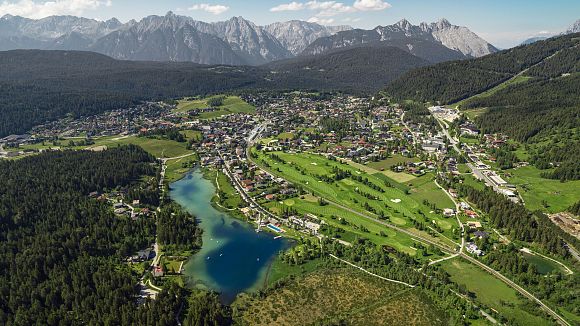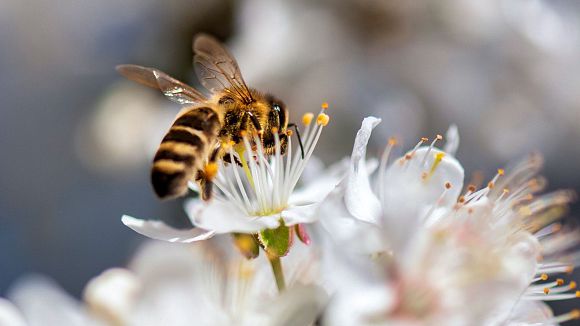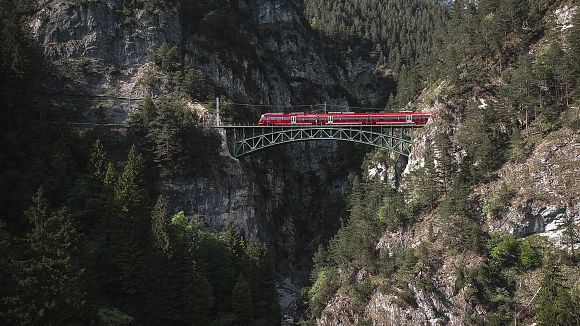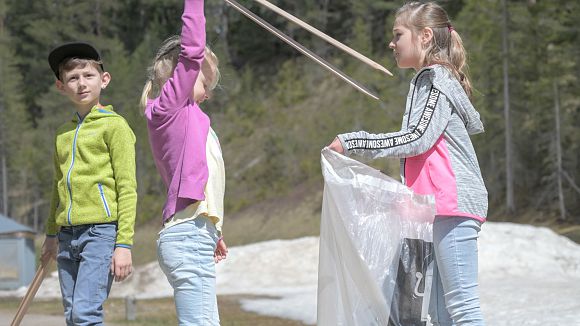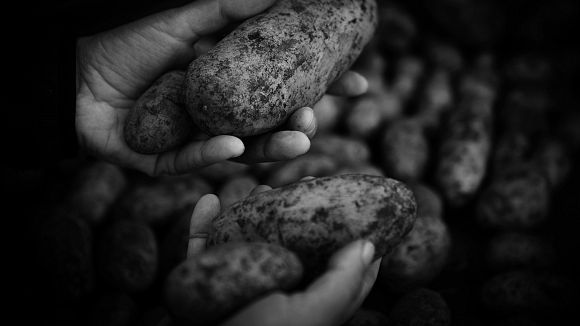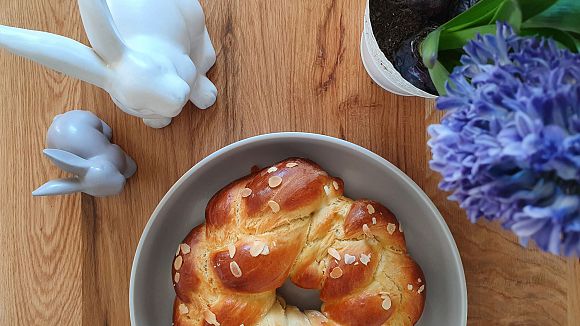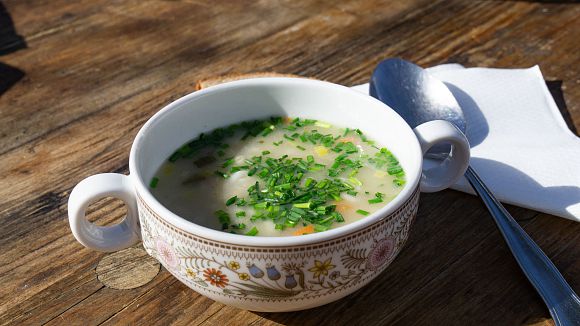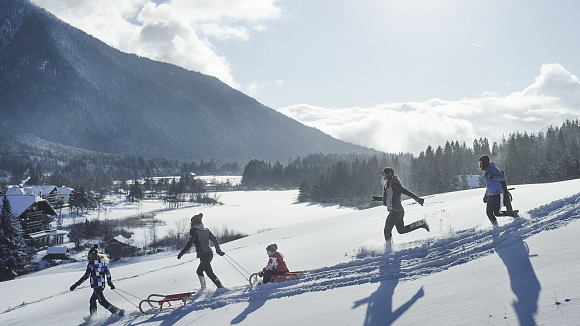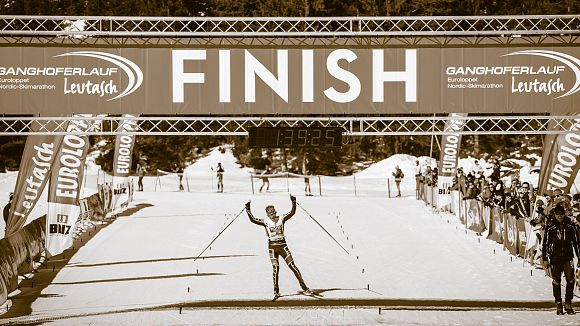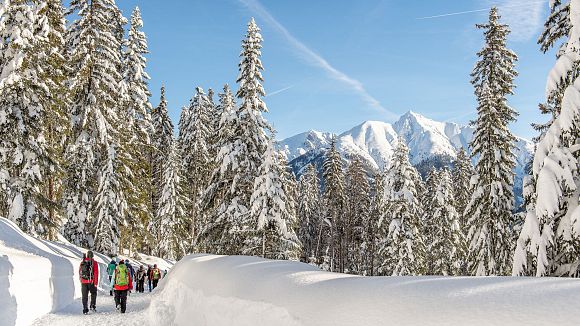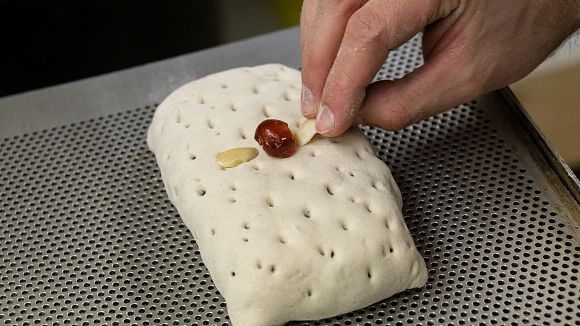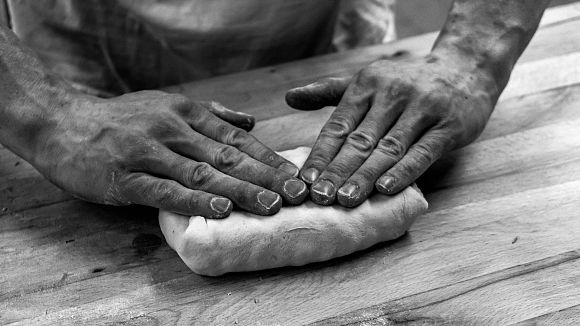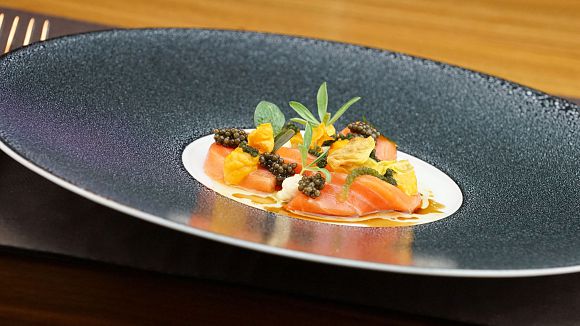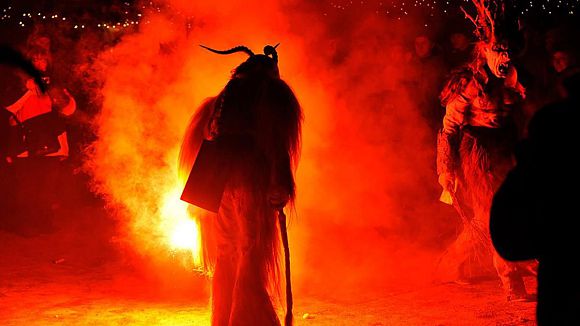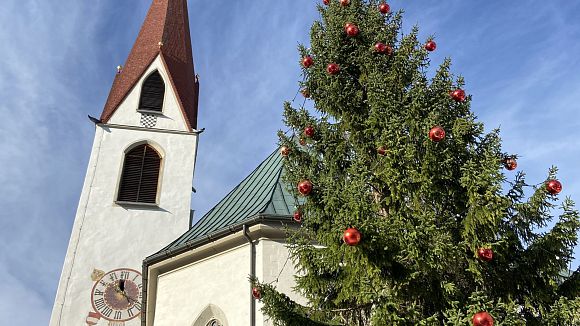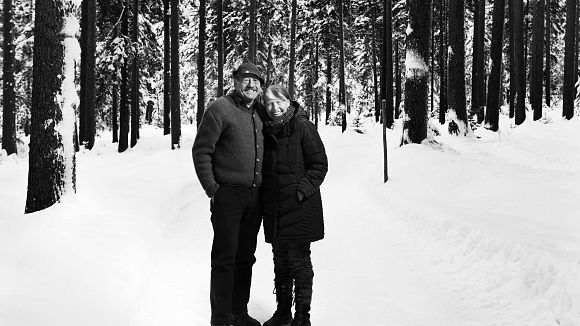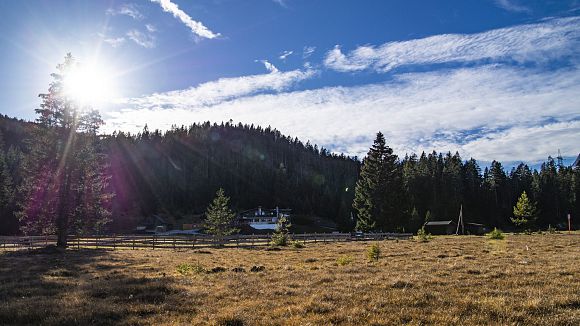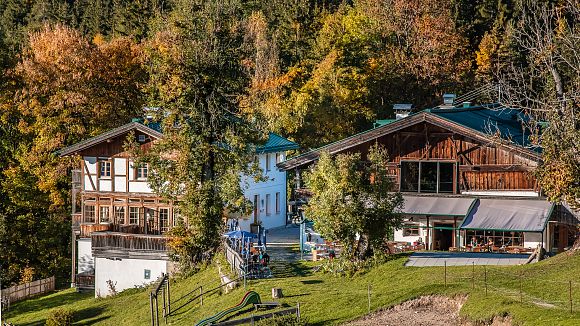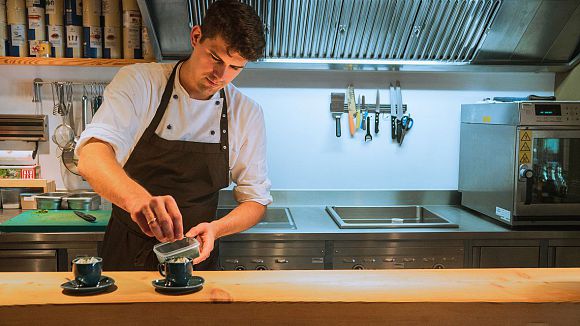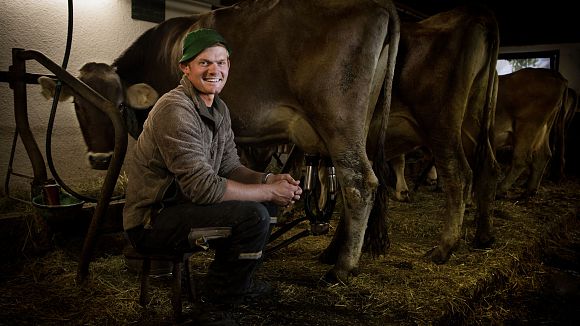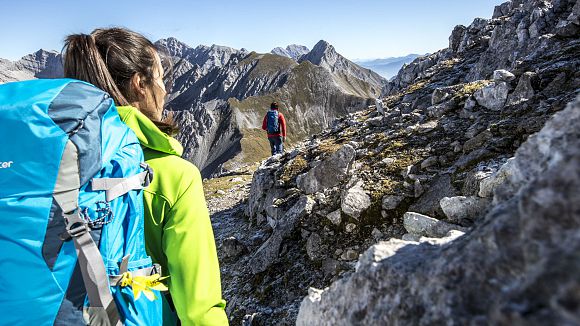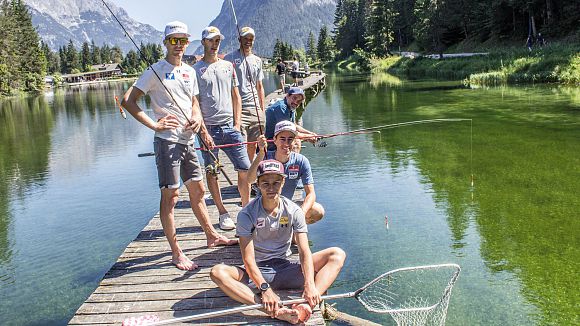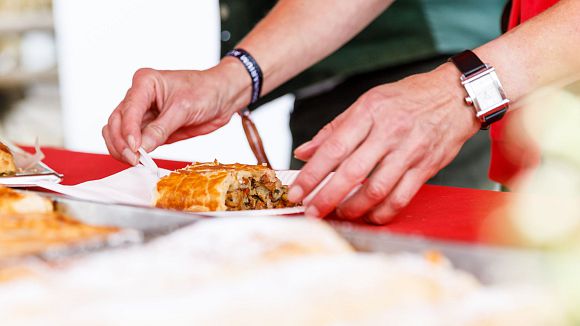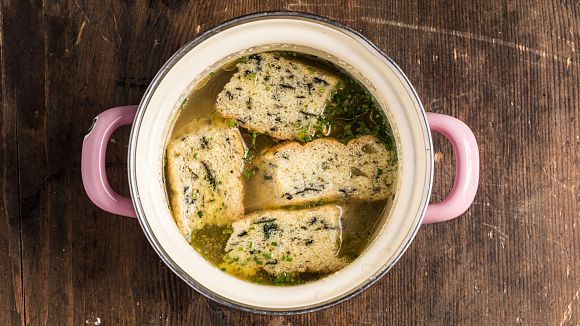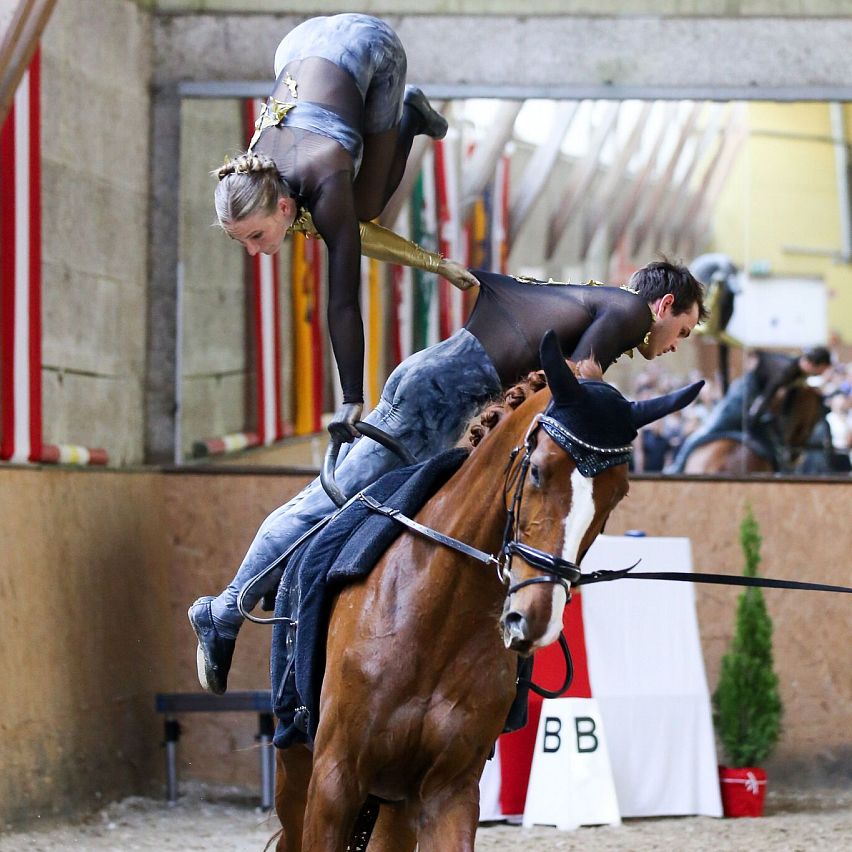
von Kathrin Ebenhoch
April 25, 2024
From Vaulting at the Seefeld Equestrian Club
Acrobatics on horseback
Three young women perform gymnastics on a horse, forming weightless figures—all at full gallop. What sounds like a breakneck circus act is actually the normal everyday routine of the Seefeld Riding Club's vaulting group. 59 athletes, aged between 5 and 23, train several times a week in the riding arena on Leutascherstraße. Regional and national tournaments are held here two to three times a year. The Seefeld vaulters' top group, S, is among the best internationally: in 2019, they won silver as a group at the Junior World Championships in Ermelo, Netherlands, and in 2022, they won bronze as a team at the World Championships in Herning, Denmark.
This blog was created in collaboration with Chris Weitenhiller. Chris provided the idea for the blog, the basic structure of the text and the images.
A Bit of History
Vaulting has been practiced since ancient times: originally developed as a military training method for horses and riders, the acrobatic exercises on a galloping horse were presented to a wider audience as early as the Roman era. In 1920, at the games in Antwerp, vaulting, then known as artistic riding, was even an Olympic discipline. Unfortunately, this challenging sport, which combines elements of equestrianism and gymnastics, no longer enjoys this honor today. Nevertheless, it has been recognized as an official competitive sport by the International Equestrian Federation (FEI) since the 1980s. The first European Championships were held in Ebreichsdorf (near Vienna) in 1984, and the first World Championships in Bern (Switzerland) in 1986. The Seefeld vaulting group was founded in 1984, and the first international competitions soon followed. Florian Haidegger also represented Seefeld as an individual at the major championships between 2009 and 2011. Since 2015, the top group and several individual athletes have been an integral part of the Austrian A squad.
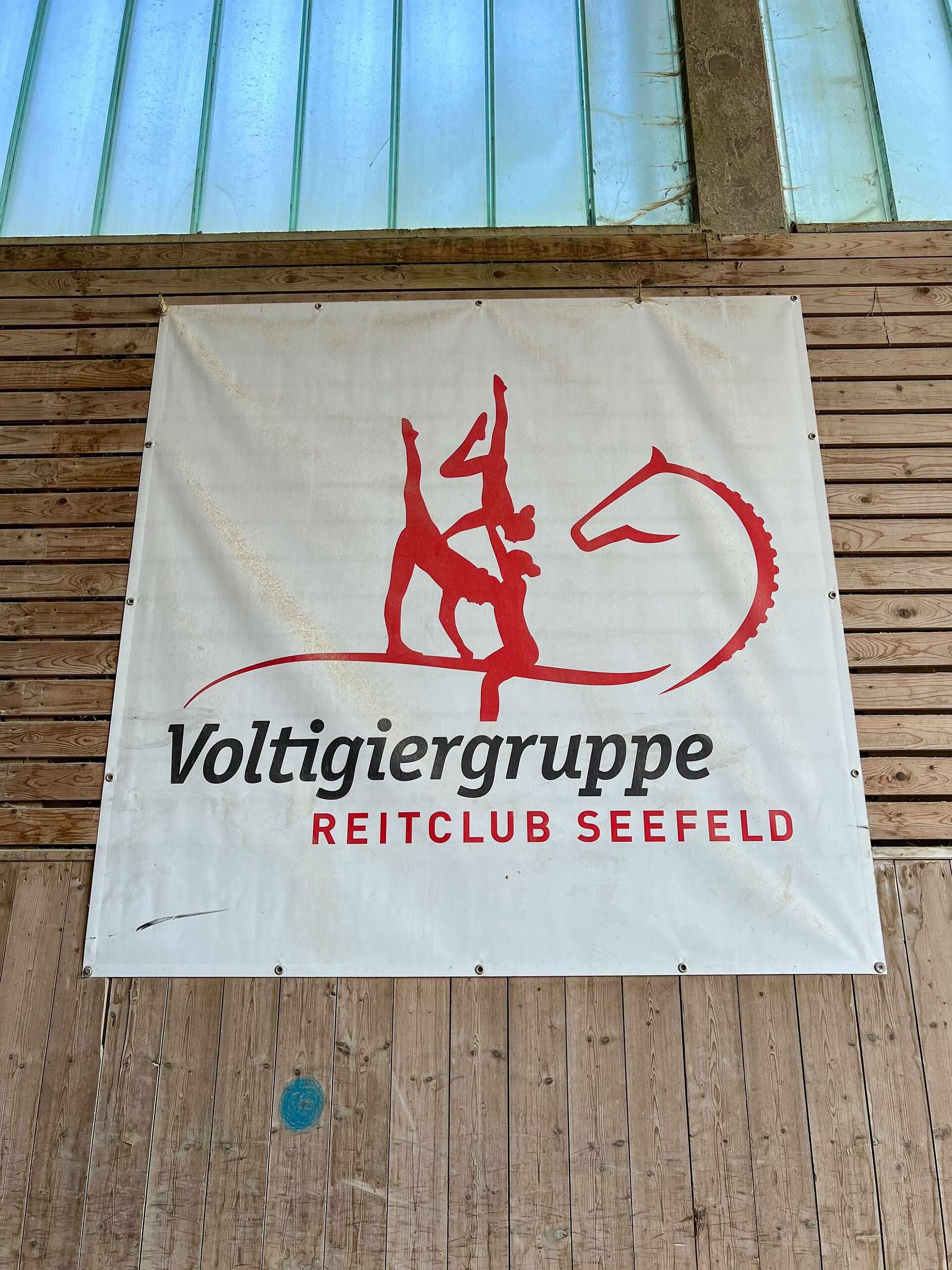
Training, Training, Training
It takes a lot of training to be able to successfully perform handstands, lifts, jumps, and other acrobatic elements on a galloping horse. The youngest vaulters train around three hours a week, while the top athletes train at least 15 hours. This is because vaulting combines a number of challenges: strength, coordination, gymnastic skills, and balance are basic requirements. The connection between human and horse must not only be right for the athletes; the lunge leaders* must also know their horse and its reactions inside out. As the freestyle exercises are particularly always choreographed to music, a sense of rhythm and dance expression are also required. And not to forget, as this is often the insurance against injuries and unintentional dismounts from the horse, unconditional team spirit.
Team Spirit and Love for Animals
Youngsters from the age of five learn that vaulting girls and boys must be able to rely on and trust each other. This is the only way to make lifting figures with three athletes on the horse look like child's play in the top group later on. The team spirit is great, as is the love for the horse. Martina Seyrling, head of the vaulting group at RC Seefeld and trainer of the top group, puts it this way: ‘Anyone who loses their heart to vaulting usually stays with it for life.’ The animal part of the team is partly responsible for this. ‘Our horses and their welfare come first; they are like family members.’ So, the sudden death of the best horse in the stable, Don Rudi, in 2023 was a hard blow that shook the entire club out of its daily routine. Even the youngest club members, who ‘only’ knew Rudi from the stables, shed tears in front of his empty stall.
Finding a successor was not easy in many respects. First of all, there are not many trained vaulting horses on the market, as their training alone takes three to five years. It takes a lot of patience for a horse to get used to the movements and weight of the vaulters and to feel safe and comfortable with them. What's more, these specially trained horses are anything but cheap. Their financial value starts at €50,000 and upwards. And finally, the chemistry between the animal and the team has to be right. Although Seyrling and her team found what they were looking for in Kiel with the Hanoverian gelding Fürst D, the 2023 season was already over. And out of consideration for the animal, they will not be competing in all classes in 2024 either. With a height of 1.89 meters, the 13-year-old is also particularly tall and constantly presents the team with new challenges. 'The gallop is the least of the issues,' says Lena Bachbauer, one of the top athletes, with a smile. 'Much more difficult is his slower canter rhythm, which we first had to get used to last year.
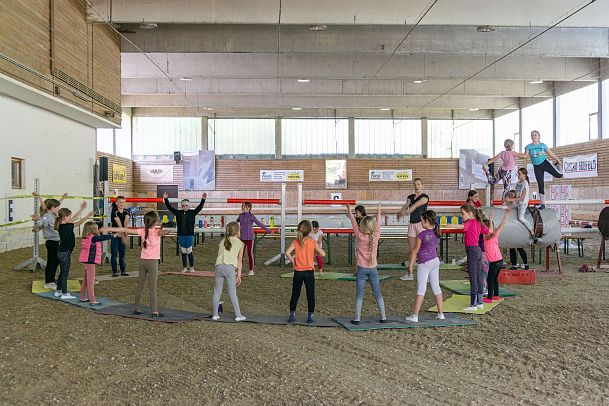

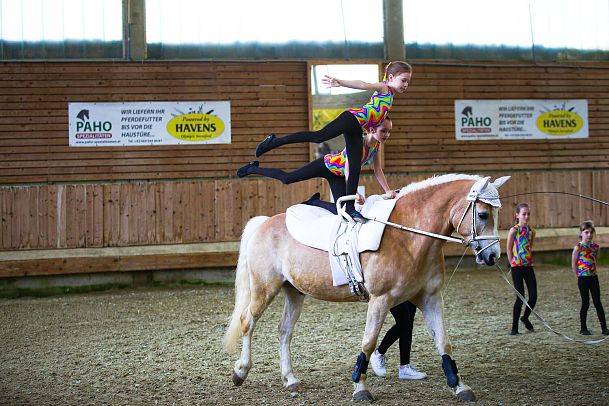
No Room for Princesses
So, how do you start with this sport? In many clubs, the next generation starts in the gym with classic gymnastics training. In Seefeld, it's straight into the stables and riding hall. Everyone immediately learns that there is more to this sport than gymnastics. Firstly, there is the care of the horses, an essential element in the animal-human relationship: brushing, grooming, scratching out hooves, and, if necessary, mucking out — that's all part of it, even if the little ones only just reach up to the belly of the mighty animals. The fact that some school friends turn up their noses at the subject of stable work doesn't bother the youngsters: 'They just don't understand,' says one little vaulter, brushing the dust off her trousers. At VG Seefeld, there are no princes and princesses at the tournaments, despite the glittering dresses, graceful updos, and make-up. Wellies and the smell of horses are as much a part of the basic equipment as leggings and trainers.
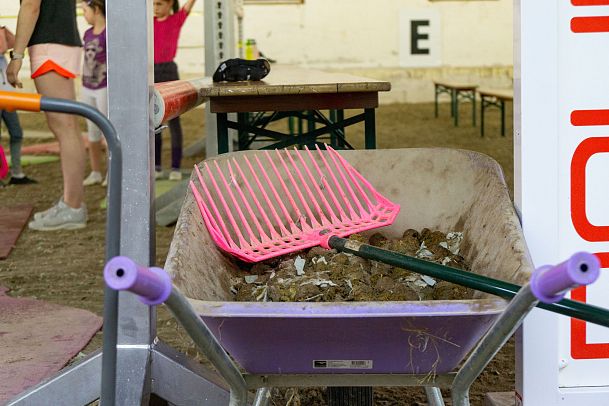
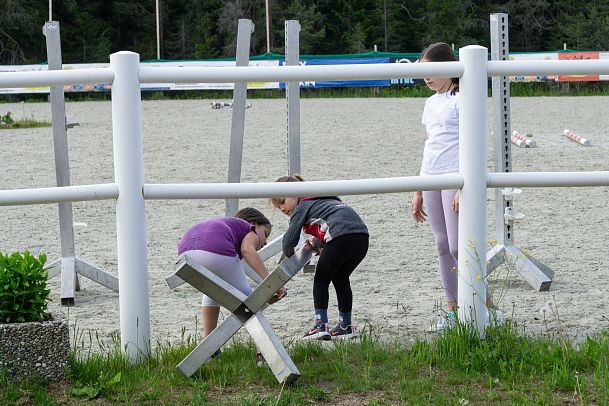
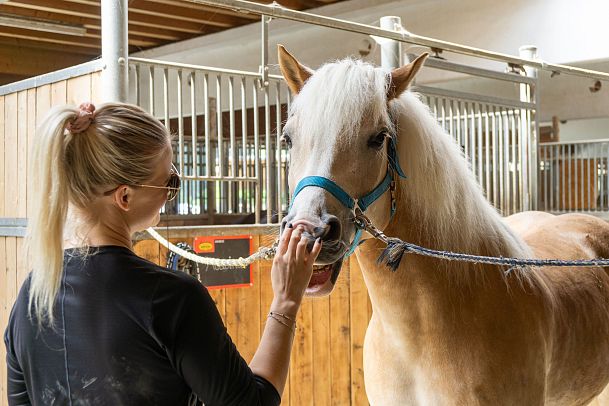
Once the horse is ready, it's time to put the bridle on. Instead of a saddle, the vaulting equipment is used. The basis is the pad, a padded blanket that covers the back. A thick foam strip is placed on top near the neck, to which the vaulting girth is fastened. It has two fixed handles and two foot loops, which the athlete can hold on to or hook into during their movements. The bridle is similar to that used for riding. While the lunger warms up the horse, the athletes also go into the riding arena. Warm-up, stretching, and strengthening exercises are performed in summer and winter on thin mats or directly on the sandy hall floor, as are the gymnastics sequences and new choreography elements. A little dust in the hair is part of the programme. Then it's onto the so-called wooden horse, a four-legged barrel covered in padded fabric. Here, all the exercises are practiced in silence before finally moving onto the moving horse.
Vaulting involves a variety of figures and movements that can be learned and combined into complex choreographies. As a beginner, you start with the basics: the compulsory elements—basic seat, balance, and mill—are the first exercises that you do first on the wooden horse and then at a walk on the real horse. Once you are confident here, the first variations follow: the flag, freehand kneeling or standing, shoulder stands, or handstands. In the freestyle classes, even the youngest riders perform their first lifts; the horse walks at a walk. In the higher classes, the horse gallops. With increasing experience, the vaulters also incorporate more complex figures such as turns and jumps into their choreographies. Although there are often unintentional dismounts during training, the risk of injury is no higher than in other sports. On the one hand, the youngsters are introduced slowly, and on the other, they all develop a routine over time of how to get off relatively safely even in an emergency. And as mentioned above, everyone in the group looks out for everyone else so that nobody gets hurt.
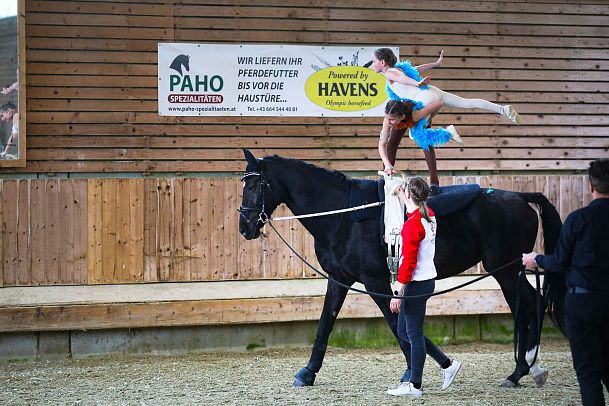
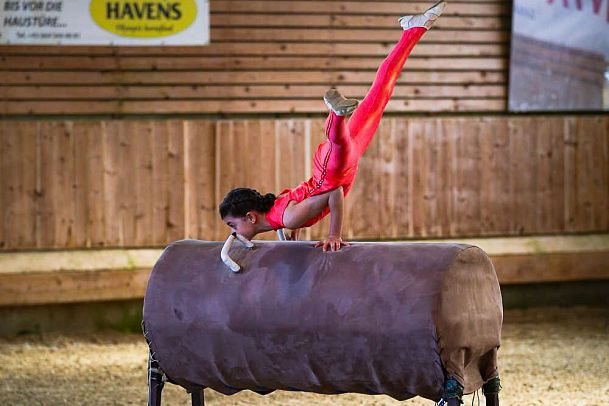
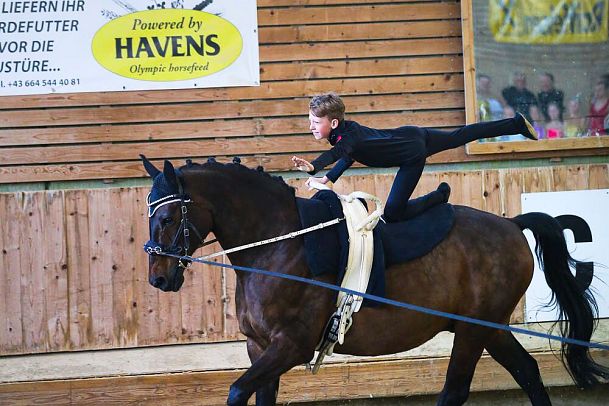
100% Voluntary Work - 100% World Class
In addition to this truly impressive team spirit, something else is admirable in the sport of vaulting: all trainers at RC Seefeld work one hundred percent on a voluntary basis, up to 15 hours a week; in the preparation phases before the European and World Championships, significantly more. Added to this is the time required to look after the horses. In addition to grooming, feeding, and mucking out, this also includes the two to three hours of training that has to be completed five days a week. This is because each horse is only vaulted twice a week. These activities are carried out by trainers, athletes, and enthusiastic outsiders. Nothing can be paid for this. This is because the costs of the organization - around €70,000 for stabling fees, vet, farrier, feed, chiropractic, and physiotherapy for all horses, plus €4,000 to €6,000 per horse for equipment - are financed by the association itself, from membership fees, smaller sponsors, and food sales at the tournaments.
Being at one of these is a special experience. Of course, you shouldn't shy away from the dust and horses up close, as the audience sits in the center of the arena, right next to the action. But thanks to the top group from Seefeld, who won their first international tournament in Portogruaro (Italy) at the start of the season, as well as two athletes from the Pill vaulting group, Eva Nagiller and Clara Luwiczek, who have won World Championship medals, world-class level vaulting sport is on offer.
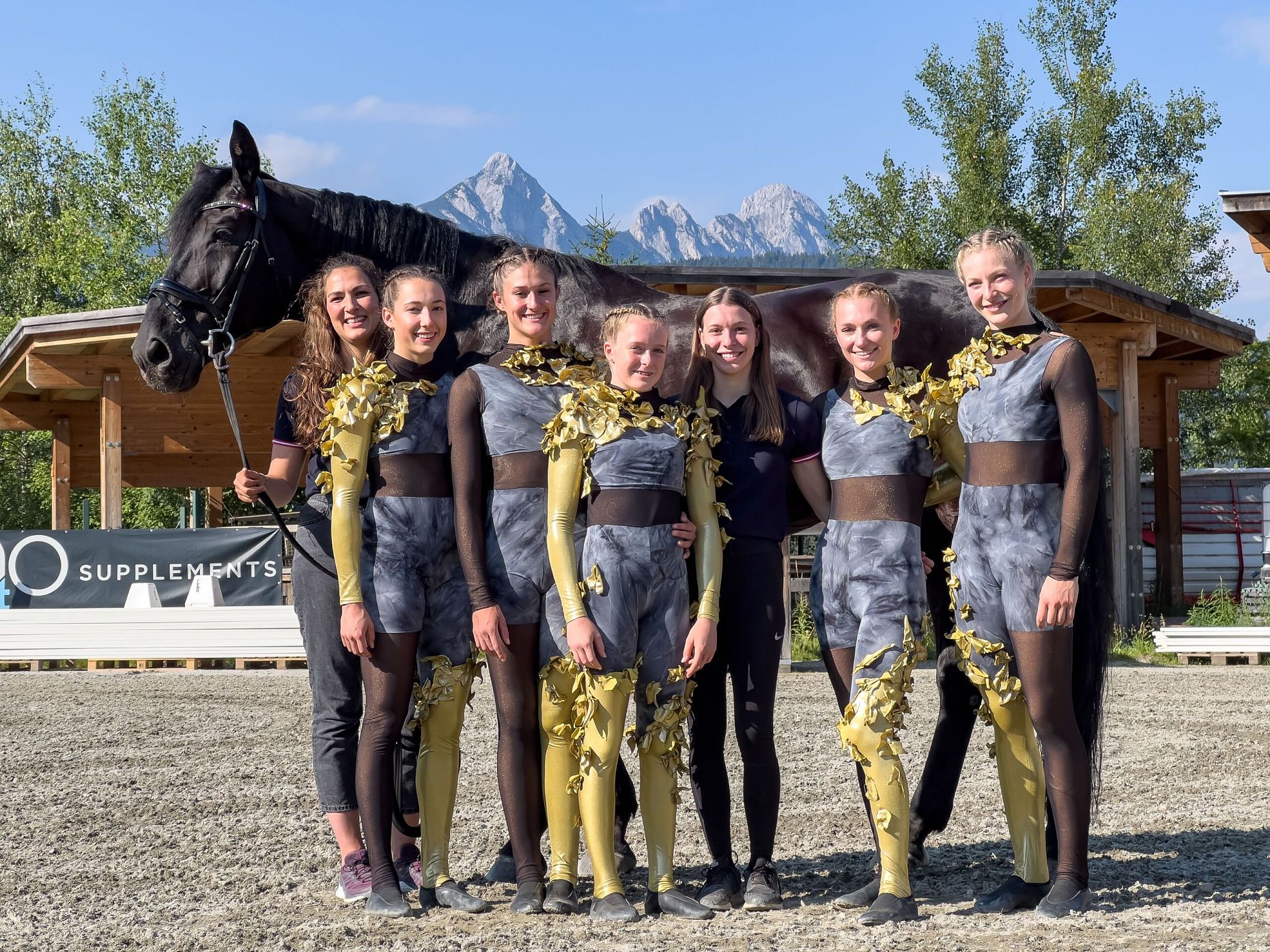
The Region Seefeld - Tyrol's High Plateau is proud to be one of the sponsors of these top-quality sports competitions. The next event, the National Championships with participants from all over Austria in categories M (Intermediate) to S (Elite), will take place next weekend, from Friday, September 27, to Sunday, September 29, in the Seefeld Riding Hall. Admission is free. Food and drinks will be well provided.
* The lunge leader holds the horse on a long lunge line and ‘leads’ it from the center in the appropriate gait in a circle.
** When mounting, the vaulters run from the center to the galloping horse, walk four canter jumps in time, and then jump up with legs extended in a position as close as possible to a handstand.
*** Upright, hands-free seat with arms outstretched to the sides.
**** Four-footed stand with one leg extended backward.
***** 360° rotation in a seated position and in four phases; one hand is always on the vaulting belt. Forward seat, right leg is stretched over the horse's neck, side seat, left leg is stretched over the horse's croup, backward seat, right leg is stretched over the horse's croup, side seat, left leg is stretched over the horse's neck, forward seat.
****** Four-footed stance with one leg extended and one arm extended in the opposite direction.
Info box RC Seefeld
| Founded | Riding Club (RC) 1971, Vaulting Group (VG) 1984. |
| Divisions | Currently, only the vaulting division. |
| VG management | Martina Seyrling |
| Horses | 10 vaulting horses (3 club-owned, 7 privately owned). |
| Horse training | Ages 3 to 5 years. |
| Fürst D - top group S horse | 2019 Junior World Championships Ermelo (Holland) - silver (group); 2022 World Championships Herning (Denmark) - bronze (overall team, group from Seefeld); 2016, 2017, 2018, 2019, 2021, and 2022: participation in European Championships and World Championships in individual and/or team events. |
| Active | 59 active athletes aged between 5 and 23 in 6 groups; S (top sport general class): 7; S junior: 7; medium: -; easy: 9; beginner: 10; junior: 26; 10 active coaches plus 3 assistant coaches (all volunteers). |
| Successes | 2019 Junioren-WM Ermelo (Holland) – Silber (Gruppe); 2022 WM Herning (Dänemark) – Bronze (Team gesamt, Gruppe aus Seefeld); 2016,2017, 2018, 2019, 2021 und 2022: Teilnahme an EM und WM im Einzel und/oder Team |
| Figureheads | Claudia and Clemens Ernstreiter - for their tireless commitment to the club; Florian Haidegger - starter at championships from 2009 to 2011; S group: Lena and Nina Bachbauer, Rebecca Frießer, Georg Gabl, Sarah Gollubics, Sophie Pittl, Sophia Wackerle. |
| Tournaments 2024 | 13/14 April - 1st Voltigiercup West (Tyrol and Vorarlberg) in Dornbirn; 27/28 April - 2nd Voltigiercup West in Seefeld; 09 to 12 May - CVIO Tournament Stadl Paura - 1st qualifier for the World Championships; 25/26 May - Final Voltigiercup West in Seefeld; 07 to 09 June - Federal State Team Championships in Lower Austria - 2nd qualifier for the World Championships in Dornbirn |
Share
